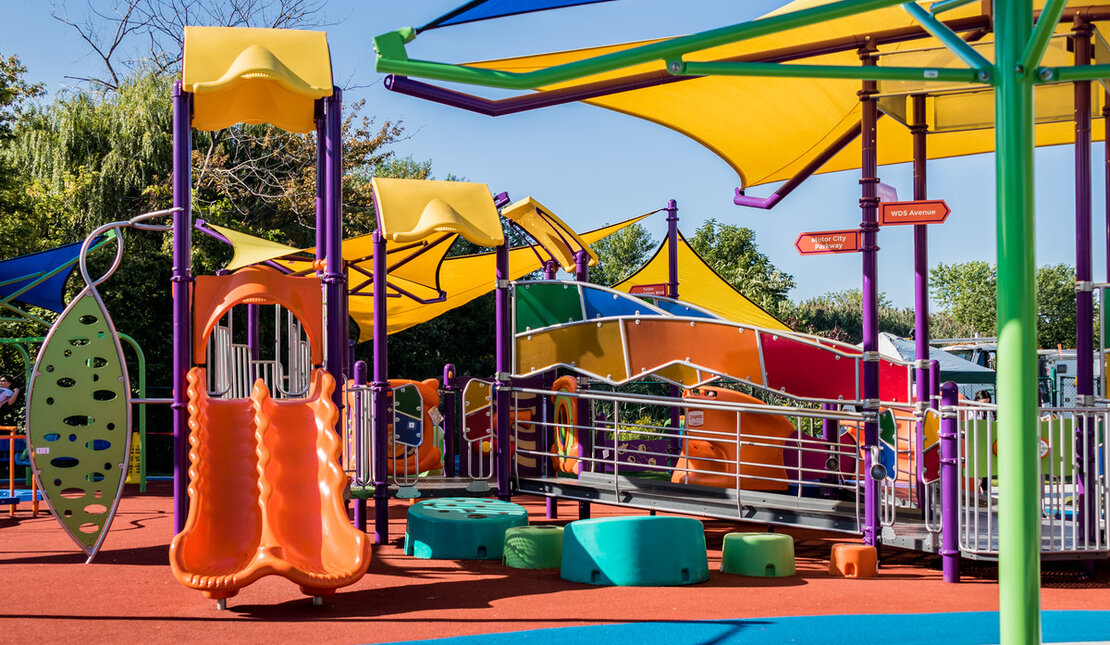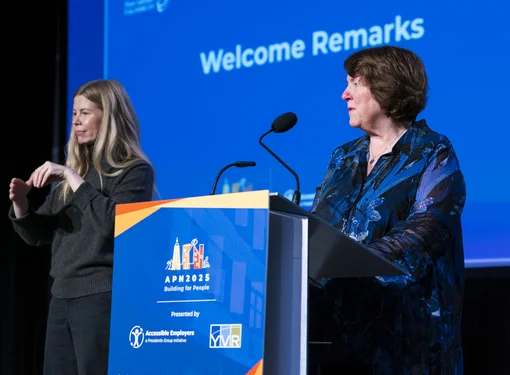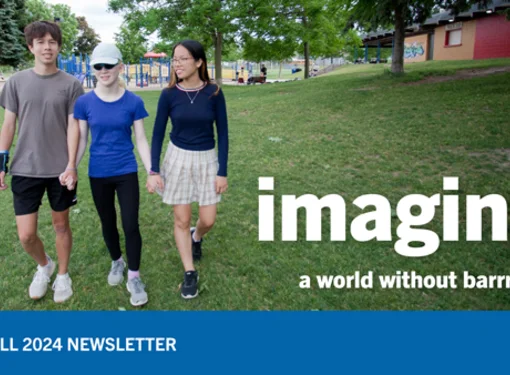Let's play! Creating inclusive play spaces for children of all abilities
Play is how children learn. Physical play has many positive outcomes, and numerous studies have demonstrated the benefits of physical activity. Active children are healthier, have higher self-esteem, and are better prepared to learn. Playgrounds are fun for kids, but they are also an ideal environment for supporting overall healthy development.
Active play is just as important (perhaps more so) for children with disabilities, who are at a higher risk of social isolation. Studies have shown that children with disabilities are excluded from play significantly more often than their peers without disabilities. These children experience less diversity of activities and fewer social engagements than their peers without disabilities, and spend more time in isolated activities such as watching television and using the computer.
Studies also show that peer interaction between people with and without disabilities is enhanced when there are opportunities to interact with each other. Simply stated, children will engage in play with children with disabilities if they can engage in activities together within the same play environment.
Inclusive play spaces offer the opportunity for all children to play alongside one another. This supports the physical, social and cognitive development of all children, and benefits everyone. Inclusive play environments can also provide a wider range of play materials and activities, allowing children to interact with their environment in new and different ways.
In an inclusive play environment, children with disabilities can fully enjoy the benefits of active play, including enhanced social skills, enriched cognition and improved health. At the same time, children without disabilities learn valuable lessons about the world, including that at heart we are all the same, despite our differences. Indeed, we are more similar than we may at first appear. Furthermore, practicing inclusivity helps children develop important concepts related to tolerance, empathy, diversity and acceptance.
Given the benefits of inclusive play spaces, we wonder why all playgrounds are not fully accessible and inclusive. Existing research identifies some key challenges, including design, planning and funding.
Fortunately, there are some good resources available for groups who are committed to building inclusive play spaces. We have created a guide to accessible play spaces called the 'Let's Play' toolkit, which provide community and school groups with many useful resources, including a step-by-step guide to planning and raising funds for an inclusive playground. The resources outline specific design elements that support the inclusion of children of all abilities, and also allow adults and caregivers with physical disabilities to be nearby and play with their children. Suggestions are included for organizing the project, starting with identifying the physical space, through to making budgets and bids. The toolkit also includes some potential funding sources, and tips on raising funds. If your group is interested in building inclusive play spaces in your school or community, download our practical Let's Play Toolkit.
Here's to Play!






